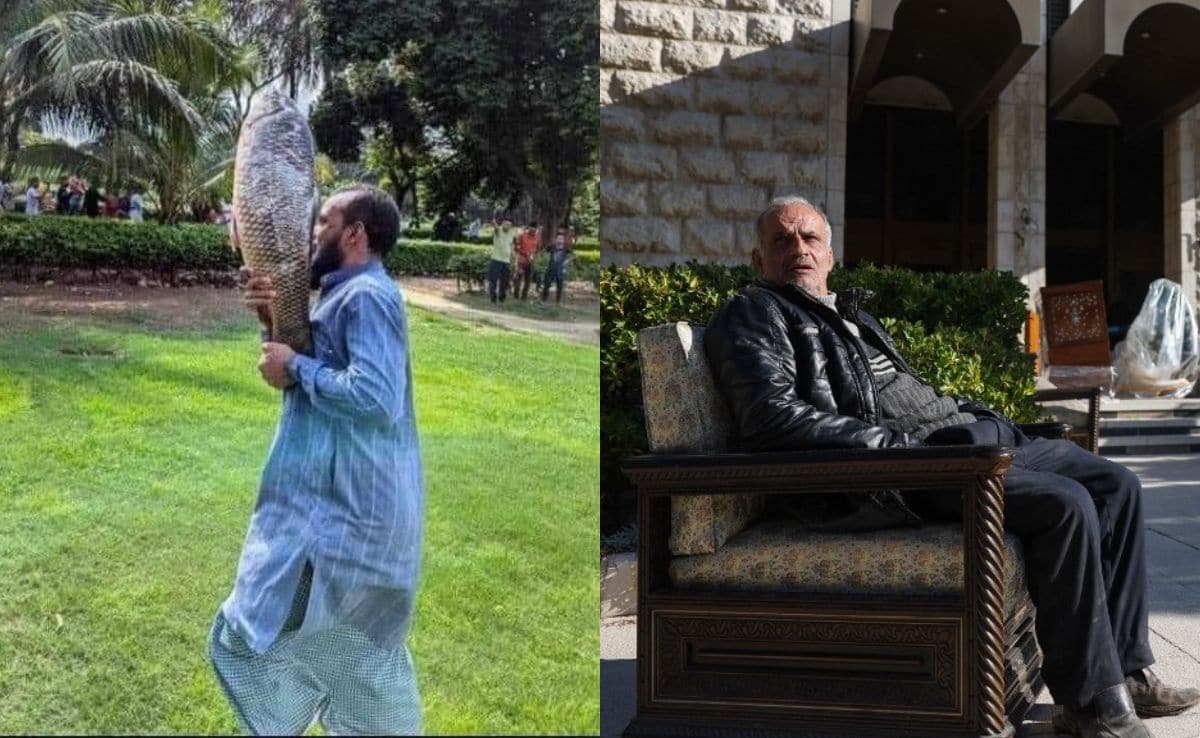

New Delhi:
The fall of Bashar al-Assad’s regime in Syria and his hasty departure from Damascus bears striking parallels to the chaotic events that unfolded in Bangladesh earlier this year when Prime Minister Sheikh Hasina was forced to flee the country amidst widespread protests.
On December 8, Syrian rebels captured the capital, Damascus, forcing President Bashar al-Assad to flee to Russia. This marked a turn in Syria’s long-running civil war, which had ravaged the country for over a decade. The collapse of Assad’s government came after a series of military setbacks, including the desertion of key military officers and the breakdown of Syria’s defensive lines. His departure marked the end of a 24-year autocratic rule.
Similarly, in Bangladesh, Sheikh Hasina was forced to flee the country in August after violent protests erupted over the reinstatement of a controversial government job quota system. The unrest escalated as the government’s brutal response killed hundreds and led to a significant erosion of political support, forcing Sheikh Hasina to resign.
After Assad fled, his family’s palaces were quickly overrun by rebels. The Al-Rawda and Muhajreen presidential palaces, once symbols of Assad’s power, became sites of loot and vandalism. Rebel groups flooded into these grand buildings, taking photographs in the lavishly decorated rooms, hauling away furniture and scattering belongings across the marble floors. Items such as chairs, vases and priceless ornaments were seized as symbols of the regime’s falL. Storerooms were ransacked for any valuable remnants of the fallen government.
This scene of rebellion mirrored the events in Bangladesh in August. When Sheikh Hasina left Dhaka, protesters stormed her residence, Ganabhaban, looting food, kitchen items and furniture. Personal belongings, including sarees, a Dior suitcase and even a replica of the Hilsa fish, Bangladesh’s national symbol, were taken or destroyed. A viral image showed a man lounging on Hasina’s bed, declaring, the building “under our control.”
This Sunday, the US launched a series of airstrikes targeting Islamic State (ISIS) positions in Syria, following the fall of the Syrian government. Following the capture of Damascus, reports confirmed that Bashar al-Assad, along with his family, fled to Moscow and was granted asylum by the Russian government. It marked an end to the Assad family’s six-decade rule over Syria.
Hayat Tahrir al-Sham (HTS) leader Abu Mohammed al-Jolani also addressed a crowd in Damascus on Sunday. He said, “A new history, my brothers, is being written in the entire region after this great victory.” The rebels began their offensive on November 27, the same day a ceasefire was declared in neighbouring Lebanon, where Israel had been engaged in a conflict with the Iran-backed Hezbollah.



